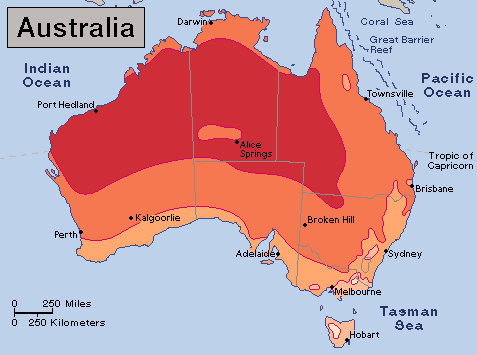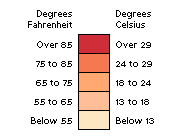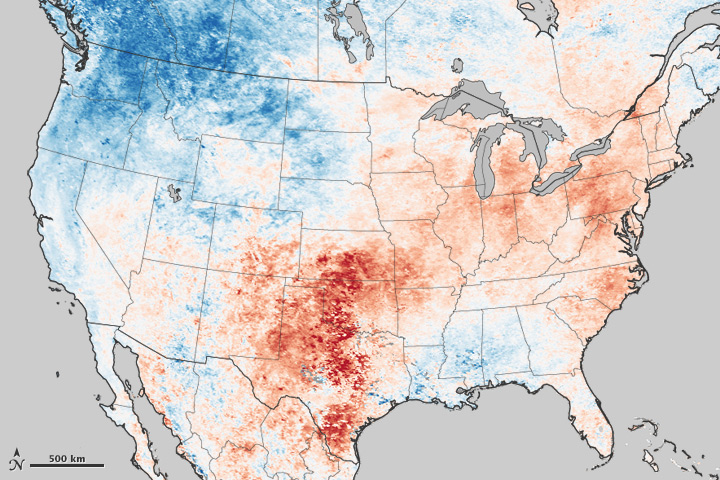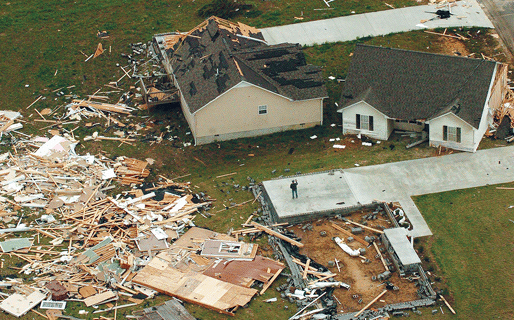Parts of Southern Hemisphere Sizzle
Friday, January 10th, 2014January 10, 2014
While areas of North America have endured record polar temperatures this week, the Southern Hemisphere, where it is summer, is experiencing the opposite extreme–record high temperatures. Temperatures in some parts of the sparsely populated Pilbara region along Australia’s rugged northwest coast hit 122 °F (50 °C) yesterday. The Australian newspaper The Blaze reports that the heat is so severe that an estimated 100,000 bats have died, “littering the ground and alarming authorities who warn locals not to touch the animals for fear of infection.” Large numbers of parrots, kangaroos, and emus have been found dead in the parched terrain around Winton, Queensland, the chief executive of the Winton Shire Council told media outlets.
Southern South America is sizzling as well. In Brazil, zookeepers in Rio de Janeiro are giving their charges ice pops to keep them cool in the 120 °F (49 °C) heat. An extended heat wave in Argentina recently overloaded the electric grid, resulting in blackouts that have left thousands of households without electric power. In the Argentine capital of Buenos Aires, record high temperatures have left hundreds of fish dead in city park lakes.

Australians often flock to Bondi Beach in Sydney to celebrate the Christmas holiday, which falls during the summer in the Southern Hemisphere. (© Mike Stone, Alamy Images)
Australia’s most recent heat wave follows its hottest year on record. The country’s Bureau of Meteorology reported that in 2013, temperatures were 2.16 degrees Fahrenheit (1.2 degrees Celsius) above the long-term average, making 2013 the warmest year since record keeping began in Australia in 1910. The world’s driest continent also had its hottest day, hottest month, hottest winter’s day, and hottest summer in 2013. The hotter-than-normal temperatures, which began late in 2012, were so extreme that the Bureau of Meteorology was forced to change its official weather forecasting map to include two new colors—deep purple and pink—to show areas with temperatures above 122 °F (50 °C).
Additional World Book articles:
- Bushfires in Australia
- Australia 2009 (a Back in Time article)
- Global warming 2012 (a Back in Time article)
- The Great Meltdown (a special report)
- Meltdown: Climate Change in the Arctic (a special report)










